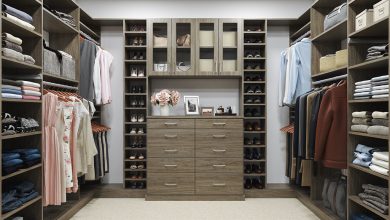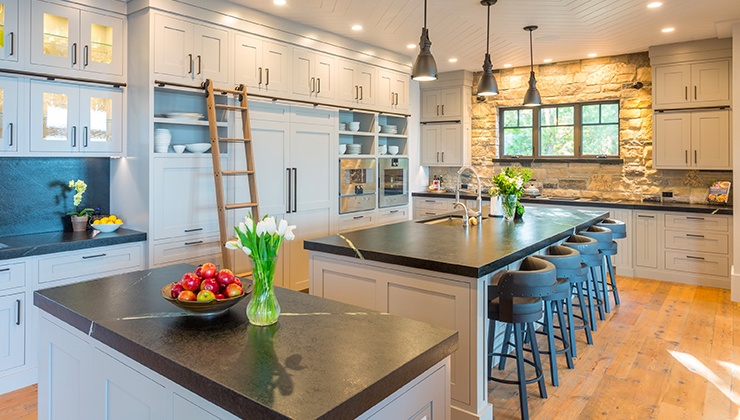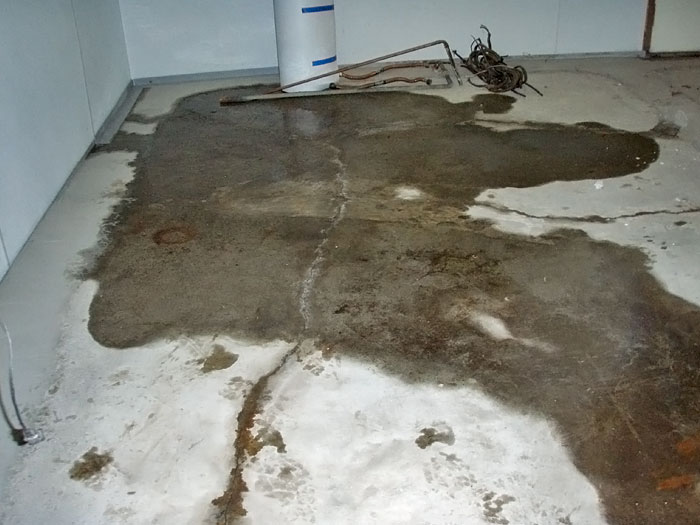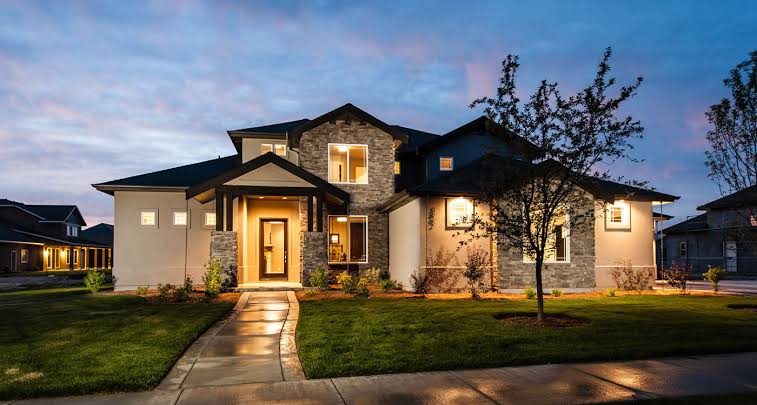What is Hybrid Flooring?
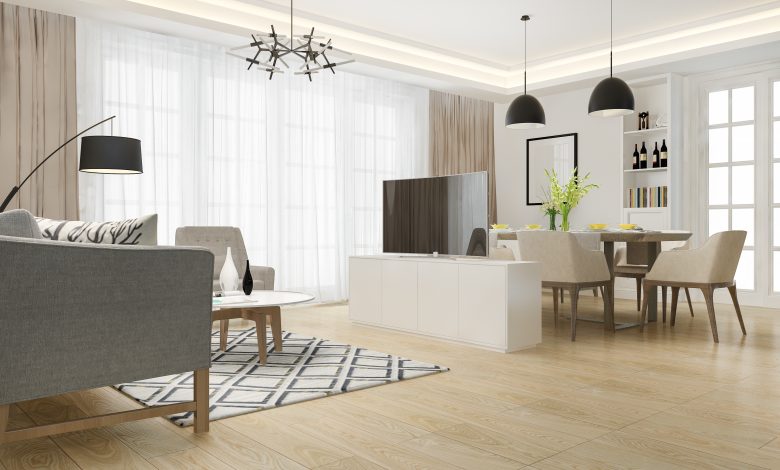
Hybrid flooring is a type of flooring that combines the best features of hardwood and laminate. It’s made with a high-quality wood veneer or real hardwood, but it has an engineered core that makes it more durable than traditional hardwoods.
Hybrid floors are available in many different styles, including plank, parquet and tile effects. They can be installed over existing floors or as new installations on concrete slabs.
How to Prepare for Laying Hybrid Flooring
- Removing old flooring
- Subfloor preparation
- Measuring the room
- Ordering materials
Tools and Materials Needed for Installing Hybrid Flooring
- This is a layer of material that goes under your new flooring, and it’s used to create a flat surface for the flooring to rest on. Underlayments are available in different thicknesses depending on the type of subfloor you have underneath your current flooring.
- Flooring (laminate or wood). You can use either laminate or wood as your main layer when installing hybrid floors; both are popular options because they’re durable, easy-to-install, and come in many different styles and colors.
- Adhesive/sealer (for laminates only). When installing laminate over an existing hardwood subfloor–which we recommend doing if possible–you’ll need some sort of adhesive sealer so that moisture doesn’t get trapped between layers during installation or later down the road when the room gets wet from rain or other sources such as showers/bathtubs/faucets etc…
How to Lay Hybrid Flooring
- Lay the underlayment. Underlayment is a layer of foam or other material that sits underneath your flooring and provides support. It also helps to reduce sound transmission, which is important if you have an open floor plan and want to minimize noise from one room to another.
- Cut your planks to size with a circular saw or jigsaw (if using engineered wood). You can buy pre-cut planks in various lengths and widths, but if you’re going for an exact fit or want to save money by buying them yourself, it’s worth investing in a good blade for your power tool so that your cuts are straight and even.
- Install transition pieces between rooms where necessary (if applicable). Transitions come in many shapes and sizes–you may need two different kinds depending on how wide your space is between rooms!
How to Install Hybrid Flooring
- Preparing the subfloor
- Laying the planks
- Securing the planks
- Completing the installation
Tips for Installing Hybrid Flooring
When laying hybrid flooring, there are a few things you can do to ensure that your project goes smoothly and looks great.
First, start in a corner and work your way outwards. This will help prevent the planks from shifting or buckling as you lay them down. It also helps keep them aligned properly so that they fit together seamlessly when you’re done!
Second, use spacers between each plank–these will keep them apart by about 1/16th of an inch (or 1/8th for wider planks). If you don’t have spacers handy but want to use this technique anyway, just place some scrap wood under each plank so they sit at least 1/16th above their neighbors’ surface when placed on top of one another. This will create enough space between them while still allowing them to bond together properly later on during installation process
How to Care for Hybrid Flooring
Hybrid floors are easy to care for and maintain. The surface can be cleaned with a damp mop or vacuumed, but you should avoid using harsh chemicals on the flooring. If you have pets or children, it’s best to use rugs and mats in high-traffic areas so that stains don’t set into the flooring over time.
Common Questions About Hybrid Flooring
- You may have some questions about hybrid flooring. Here are some of the most common:
- Is it durable? Yes, it’s very durable! You can expect your hybrid floors to last for years and years.
- Can I install it myself? Probably not–it’s best to hire a professional installer who knows what he or she is doing when installing this type of flooring.
- How much does it cost? Prices vary depending on where you live and how much material you need, but generally speaking, they’re affordable enough that most homeowners won’t have any trouble affording them (and if they do, there are financing options available).
Conclusion
Hybrid flooring is a great choice for anyone who wants to have a beautiful, durable floor that’s easy to maintain. It’s also more eco-friendly than traditional hardwood or laminate, which means you can feel good about your decision to install it in your home.
Hybrid floors are made from renewable resources, so they’re better for the environment than other types of flooring materials. The wood used in hybrid floors comes from trees that have been harvested responsibly and sustainably–and because there’s no waste product (like sawdust), this means less energy was used during production as well!

